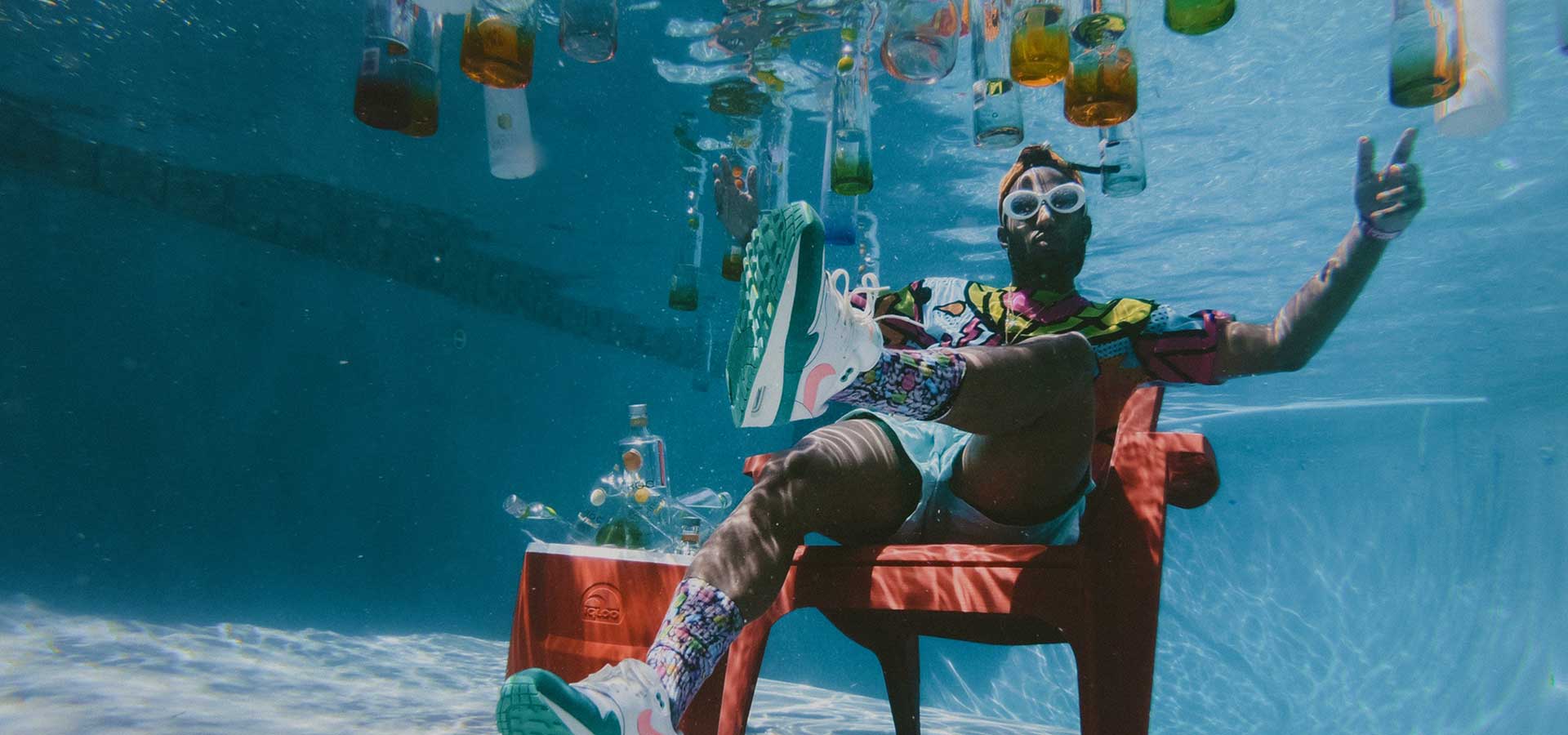
Luxury brands in the era of social Media
Social Media has transformed marketing. With more than half of the population spending time online, businesses have found a new opportunity to reach their target audience and build a close relationship with customers by creating their own distinctive identity and voice.
Most businesses have taken this opportunity to their advantage, however in the luxury sector, the approach to adapt to social media and digital technologies has been slower than in other industry sectors. Luxury brands provide a sense of exclusiveness and they tend to build a reputation offering a high level of service that aims to exceed customer expectations. The digital world on the other hand is known for its mass appeal and accessibility, which contradicts the whole concept of exclusivity. Bearing in mind that the majority of their client bases are big digital users, they must now embrace the online world allowing them to reach their target audience in ways that would not be available through traditional channels.
Today, modern consumers behaviours and values have changed. Many people now prioritise experiences and wellbeing, over material goods. It is more often about a sense of “being” than of buying. The luxury sector isn’t immune to these changes and as luxury goods become more ubiquitous and easier to access, they must adapt to meet these expectations in order to gain an advantage in an increasingly competitive marketplace. The big digital users such as Millennials and Gen Z represent the largest group of consumers today with a massive buying power. It is therefore crucial for the luxury industry to put this audience under the spotlight to meet and exceed their expectations.
What drives social success for luxury brands?
Social Media Marketing for luxury goods must work differently than for regular products in order to maintain the image they portray in providing exclusivity and quality. Therefore, any social media strategy must revolve around these principles.
It’s important for these brands to create high-quality, current and engaging content that allows the customer to fantasise about how brand ownership would alter their sense of being. They must go beyond what has characterised them as “luxury” in the past and create value-added customer experiences based on brand storytelling, that extend beyond the products themselves and engage with customer’s emotive desires.Through engaging content and personal experiences, luxury brands must aim to invoke a deep connection to the brand narrative.
With consumers’ growing appetite for diversified digital content, it’s important for brands to feature a variety of content across different social media channels.
Instagram reels and stories allow brands to reflect the high-end lifestyle their product offers and are highly effective when it comes to engagement. The platform is also perfect for sharing content generated by influencers which ensures greater visibility. Pinterest Brands can use Pinterest to curate inspiration boards to communicate the story and inspiration behind each product. But it’s not just an inspirational platform, it’s also a great platform to drive traffic. The lifespan of a “pin” is much longer than a post on other platforms, since Pinterest’s functionality is to reshare, rather than like. It therefore has the potential to reach a much wider audience.
Tik Tok
This next generation social media platform allows luxury brands to reach a younger audience, known as Generation Z (Gen Z), through Influencer Marketing, advertising or even an organic strategy. But in order to succeed, they must take into consideration how they communicate, adapting their language and their content to this creative social network, generating unique and authentic posts.
Brands can use Pinterest to curate inspiration boards to communicate the story and inspiration behind each product. But it’s not just an inspirational platform, it’s also a great platform to drive traffic. The lifespan of a “pin” is much longer than a post on other platforms, since Pinterest’s functionality is to reshare, rather than like. It therefore has the potential to reach a much wider audience.
Facebook is the world’s most widely used social media platform and cannot be ignored. Its powerful segmentation tool allows brands to target highly specific profiles with personalised content and campaigns.
Youtube
YouTube is an ideal destination for premium content and luxury brand experiences. It’s perfect for sharing longer video content, either creating organic content or producing content entirely through influencers.
By creating unique content and diversifying content across digital platforms, luxury brands have the scope to connect with their customers, creating an emotional bond which will not only boost short-term online performance but also create long-lasting impact for the brand.
It is no secret that the luxury industry has had to reinvent their marketing playbook. With the right digital marketing team and social media strategy, luxury brands can reach their target audience by offering rich content and authentic social experiences, helping build a strong customer relationship while maintaining the brand’s identity and exclusivity.
If you are looking to level up your social media marketing game or reinvent yourself for the new generation of consumers, feel free to get in touch with us. Our expert team is here to help your brand thrive.
1 Comment
Comments are closed.



Edward Griffin
Love it! Thanks for sharing.